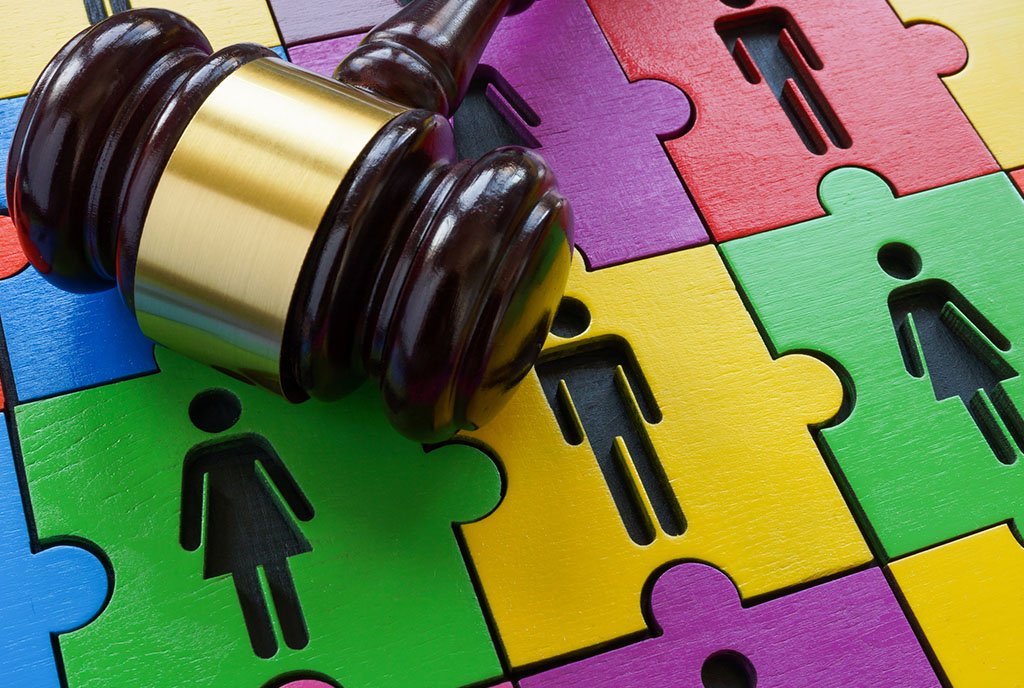
March 26, 2020; Politico
“States stricken by coronavirus outbreaks had a common response to the new $2 trillion stimulus package: We need more,” reports Jeremy White for Politico.
To understand why, it is helpful to recognize that states and local government combined in an average year collect over $3 trillion—that was the fiscal year 2016 figure—in tax revenue. And it is important to consider states and localities combined, since states help fund many local programs ($535 billion worth of them in 2016).
A decade ago, states saw their tax revenues fall by nine percent or $120 billion during the Great Recession. But as Grace Enda, William Gale, and Claire Haldeman of the Brookings Institution point out, a nine percent fall in current dollars today would be $246 billion.
Right now, it looks like most states will see their revenues fall by far more than nine percent. Last week, new unemployment claims at 3.283 million were more than four times higher than the 665,000 peak reached during the Great Recession.
The stimulus bill’s $150 billion certainly is a lot of money. But that’s only five percent of that $3 trillion in revenue. Let’s say if you just look at state and local sales tax revenues, which at $559 billion in 2016 are less than one fifth of total state and local revenues. Well, if those revenues fall by a third since most folks are at home and are not spending a lot of cash…well, it becomes obvious that $150 billion will not go so far.
Sign up for our free newsletters
Subscribe to NPQ's newsletters to have our top stories delivered directly to your inbox.
By signing up, you agree to our privacy policy and terms of use, and to receive messages from NPQ and our partners.
To be sure, states also benefit from additional funds dedicated to meeting anticipated expenses from the pandemic. Fola Akinnibi, writing for Bloomberg.com, estimates these funds total $275 billion, including $100 billion for hospitals, $45 billion in disaster relief funds, and $25 billion for transit systems. In many of these cases, however, these funds, rather than replace lost revenues, are expected to cover extraordinary expenses caused by the pandemic. These and other programs for states are detailed in a report written by the National Conference of State Legislators.
Gavin Newsom, the Democratic governor of California, tells Politico that the federal relief “will be very helpful and will be very timely,” but adds that, “No one is naïve about the magnitude of this crisis, and I’m not suggesting that the magnitude of this stimulus will even meet the moment. I certainly have strong points of view that there will need to be more in the future.” Andrew Cuomo, the Democratic governor of New York, is less restrained, telling Politico that, “They provided money for COVID—the amount of money we’re spending on the virus—but they just did nothing on the revenue loss.”
California Budget and Policy Center Executive Director Chris Hoene says that basic needs like housing and food are “the most glaring items” missing in the stimulus bill. There is a clear need “for some kind of homelessness strategy” going forward, Hoene adds.
If states fall short on revenue, then state governments, most of which are hemmed in by “balanced budget” requirements, will be forced to cut spending at the very time when public spending is most needed. Writing for Brookings, Sage Belz and Louise Sheiner report that after the Great Recession “cuts in state-financed spending lowered real GDP growth about 1.2 percentage points between 2009 and 2012 (on average, 0.3 percentage point each year).”
All told, Belz and Sheiner explain, the stimulus bill is not “nearly large enough to prevent states and localities from having to cut spending.” They add that, “The CARES Act provides only about half as much funding in dollars to state and local governments as was included in the American Recovery and Reinvestment Act of 2009, and states did not face the large increases in public health spending then that they do in the current crisis.”—Steve Dubb












